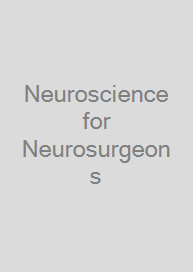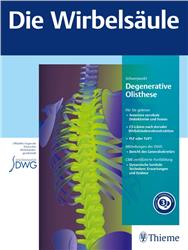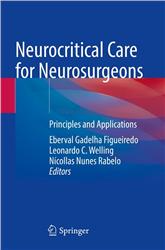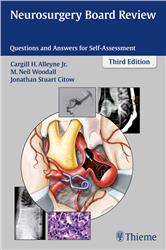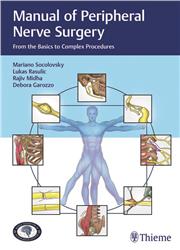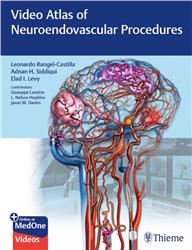Neuroscience for Neurosurgeons
| Auflage | 2023 |
| Seiten | 352 pp. |
| Verlag | Warner Home Entertainment |
| ISBN | 9781108831468 |
| Artikel-Nr. | 679609 |
Noch nicht erschienen, ca. Nov. Liefertermin 1-3 Tage nach Erscheinen
Produktbeschreibung
With advances in medicine and medical innovation, the face of neurosurgery has changed dramatically. A new era of surgeons values the need to undertake research in everyday practice and actively participate in the clinic and laboratory in order to improve patient prognosis. Highlighting the principles of basic neuroscience and its application to neurosurgical disease, this book breaks down neurological conditions into current academic themes and advances. The book is split into two sections, with the first covering basic and computational neuroscience including neuroanatomy, synaptic transmission and the growing use of artificial intelligence. The second section concentrates on specific conditions, such as gliomas, spinal tumors, and peripheral nerve injury. Outlining the clinical and pathophysiological principles of neurological conditions, this valuable book describes key animal models, helping clinicians design and conduct appropriate research projects to further knowledge and improve prognosis.
Focuses on basic neuroscience as well as clinical neuroscience, allowing the reader to learn how to incorporate basic research questions into neurosurgical disease. Clinicians and surgeons will be more able to design and conduct appropriate research projects aimed at improving patient prognosis
The book is split into two sections, with the first section covering basic neuroscience including neuroanatomy and the growing use of artificial intelligence with computational neuroscience. The second section concentrates of specific neurological conditions such as gliomas, traumatic brain injury and craniosynostosis, outlining the clinical and pathophysiological principles of each
Written and edited by a team of global experts, bringing diverse experience and knowledge bases to the book, with specialties encompassing neuroscience, neurosurgery, pharmacology and molecular and cellular biology
Focuses on basic neuroscience as well as clinical neuroscience, allowing the reader to learn how to incorporate basic research questions into neurosurgical disease. Clinicians and surgeons will be more able to design and conduct appropriate research projects aimed at improving patient prognosis
The book is split into two sections, with the first section covering basic neuroscience including neuroanatomy and the growing use of artificial intelligence with computational neuroscience. The second section concentrates of specific neurological conditions such as gliomas, traumatic brain injury and craniosynostosis, outlining the clinical and pathophysiological principles of each
Written and edited by a team of global experts, bringing diverse experience and knowledge bases to the book, with specialties encompassing neuroscience, neurosurgery, pharmacology and molecular and cellular biology
Fachzeitschriften

Bleiben Sie informiert!
Melden Sie sich für den frohberg.de-Newsletter an und nutzen Sie jetzt Ihre Vorteil:- Willkommens-Dankeschön: Beatmungsmaske Rescue Me
- Aktuelle Neuerscheinungen und Empfehlungen
- Exklusive Angebote und Kongress-Highlights
